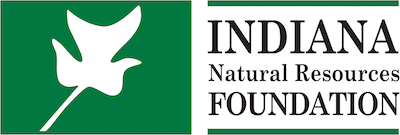Bald Eagle Feather Transition: A Journey from Juvenile to Maturity

One of my favorite discussions to have with guests is the bald eagle feather progression from juvenile through their fifth year. Many people just assume since the word ‘bald’ refers to white-headed that the bald eagle is simply born this way. This is not the case. Bald eagles start out as little fluff balls of gray and quickly grow into large birds with all dark plumage in just a matter of weeks. Even the characteristic white tails do not exist. Only a portion of the rectrices appears with white speckling among the mostly dark appearance. Bald eagles molt feathers only once per year unlike many smaller birds that molt before breeding season and before migrations.
All while this is happening their eyes turn from a rich, dark chocolate color to a light, yellow-white sweet corn appearance at maturity. With each passing year comes a phasing out of the dark tones of the irises giving way to the light eyes we see on a fully mature bald eagle.
After the eagles have reached the one-year mark, their chest, abdomen, and wings become blotchy with white and dark patches. That mottled appearance continues into the second year with less white showing on the belly and wings and an increased amount of white coming in on the rectrices. The nape, neck, and throat may now take on more white blotching than previously seen. It appears as if the artist simply shook a paint brush full of white paint on an all-dark canvas. Each individual will have a unique color pattern all their own in this mold.
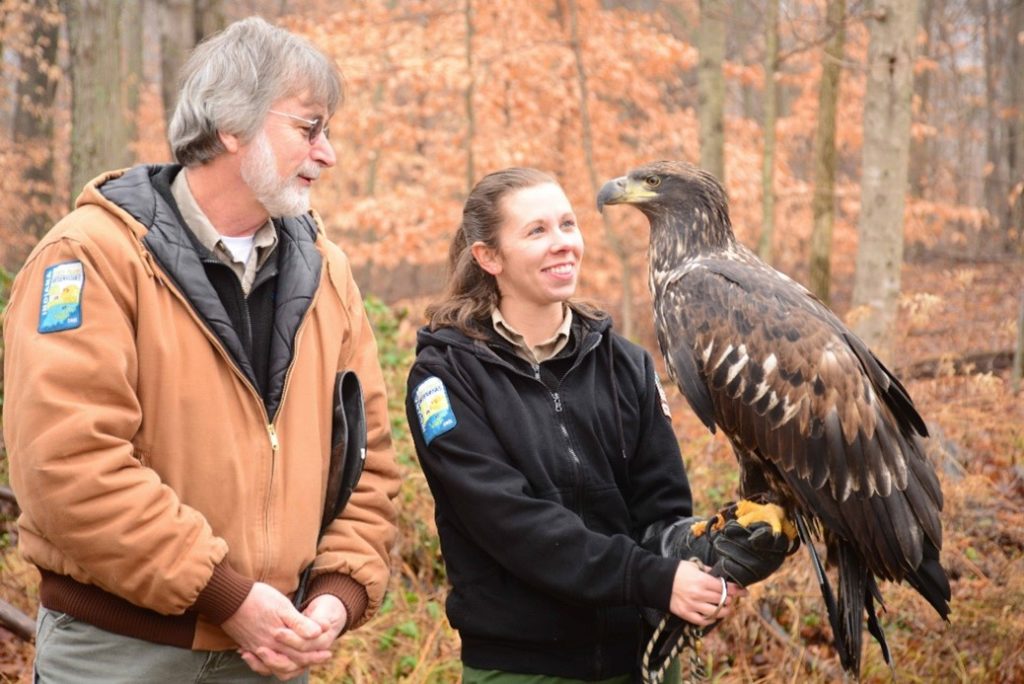
December 2014 – 1 year and 7 months old.
Notice that the hooked beak and cere region is also transforming as the bird ages. The keratin of the beak turns from black on the juvenile bird with only a yellow line along the soft tissues of the mouth region. This dark coloration starts to lighten as the second year of life approaches.
At three years of age, more dark feathers replace the white on the chest and abdomen, while white replaces former dark regions of the tail. The beak also becomes lighter and starts to exhibit yellowing of the keratin while the eyes become more of a light brown hue. One might also notice more white feathers coming in on the head of the eagle at this stage in life.
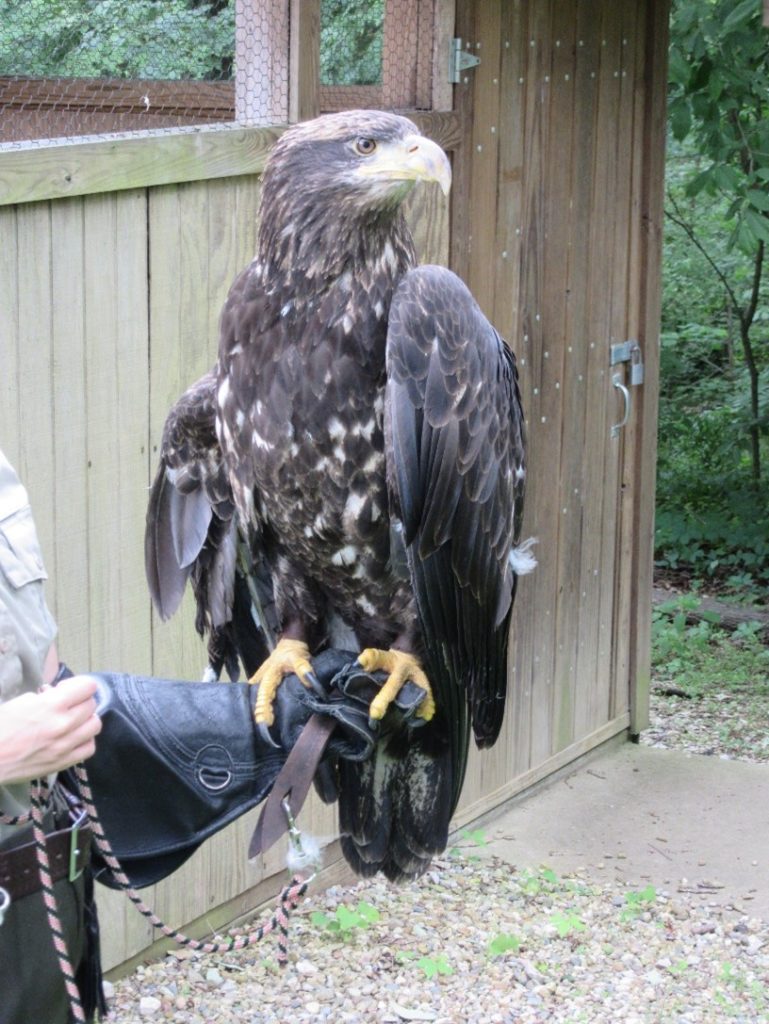
June 2016 – 3 years and 1 month old.
Around four years, the dark head feathers are increasingly replaced by white, and the tail may exhibit only small patches of black near the tips of the rectrices. The beak is likely all yellow or exhibiting only patches of gray where black used to dominate. A few white feathers remain near the chest of the bird.
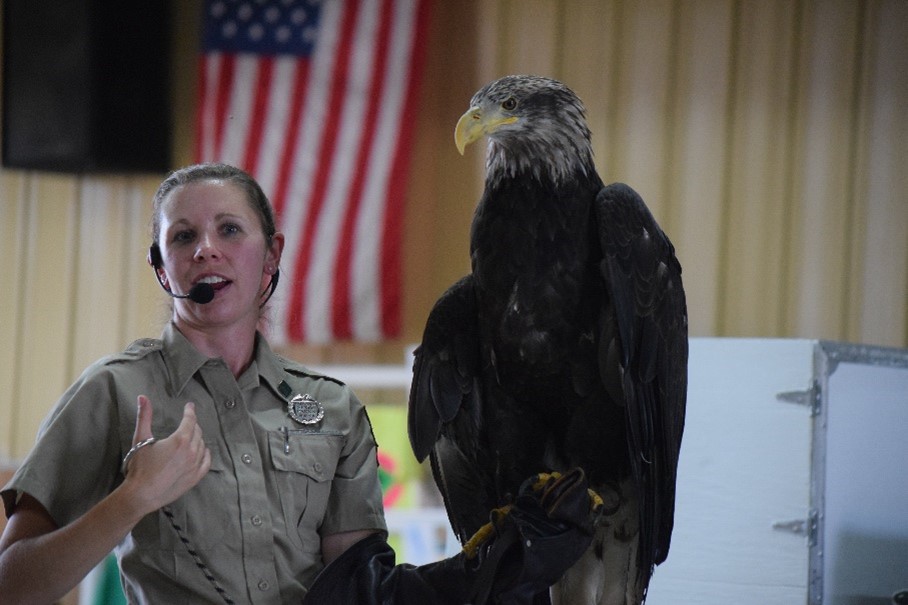
July 2017 – 4 years and 1 month old.
At five years, there may be an all-white head of feathers, but it is likely that some stragglers of brown are mixed in. The beak showcases a vibrant yellow coloration to match the feet. The eyes are medium to dark yellow now. There are no longer white feathers on the chest of the bird. The molted rectrices will have the final portions of brown left and the replacements will be a bright white.
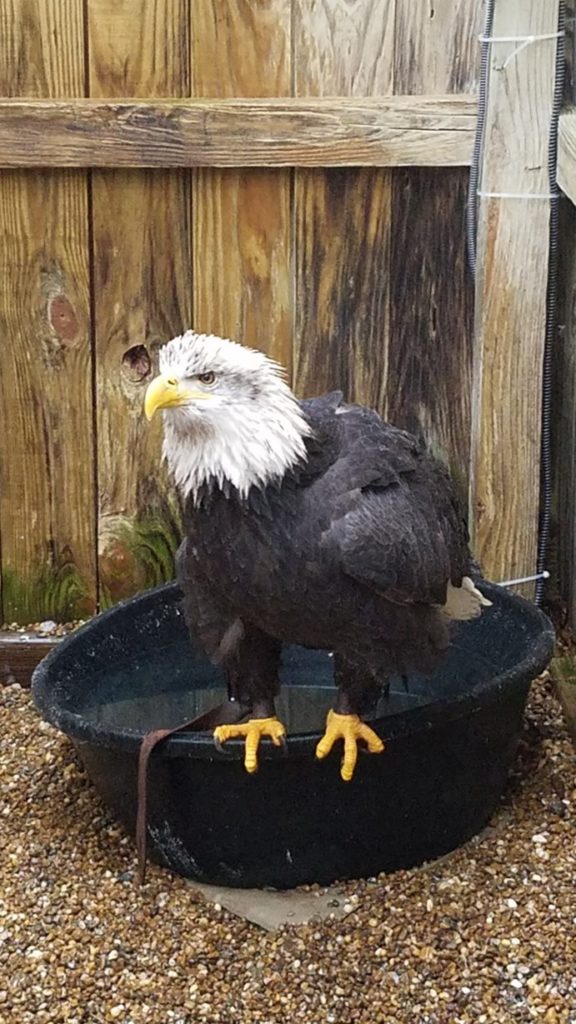
March 2018 – 5 years and 10 months old.
At six years old, if not before, the rest of the dark head feathers should fade away, though some bald eagles never exhibit a fully bald appearance. The irises shift to an even lighter yellow as the bird continues to mature. The tips of the rectrices may turn to an off-white color if the bird tends to eat on the ground rather than from an elevated perch.
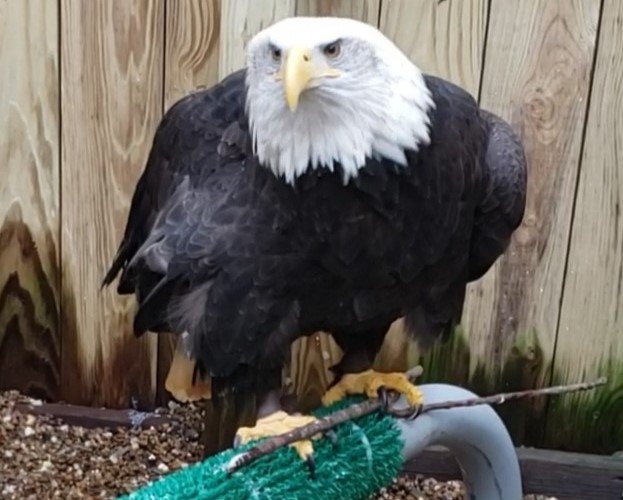
March 2020 – 6 years and 10 months old.
Looking at this molting cycle and the rapid changes that take place in the first five years, it is no wonder spectators of these large aerial predators tend to believe they are simply a vulture when viewed during the adolescent years.
Here are a few tips next time you view a large bird in the sky over Indiana:
1. If it has silverish white flashing under the wings from armpit to what look like fingers and a small head, this is a turkey vulture.
2. If it has silver or white flashing under the wings only near what look like fingers, and a small head, this is a black vulture.
3. Vulture wings also exhibit bending near the elbows and shoulders.
4. Eagle wings may or may not have white underneath, but the head will always look proportional to the body.
5. Eagles look more like a 2×4 board when in flight with little to no bending near the joints.
6. Eagles require more flapping than vultures do.
If you are heading out to look for eagles soon, keep in mind that during this time of year, unless you have a boat, they become increasingly difficult to locate. They are currently nesting in our area of the state and likely already have young on the nest. This means they will be keeping a smaller home range until the young have fledged later this summer. Northern nesters are also returning home to repair their nests for the upcoming breeding season as their nesting territories are beginning to warm up.
We track our nesting eagles year-round. Please stop in at the Nature Center to report your GPS coordinates of active nests that you see while out boating this spring and summer. I wish you success on your next eagle viewing adventure!
~Dana Reckelhoff, interpretive naturalist at Patoka Lake
